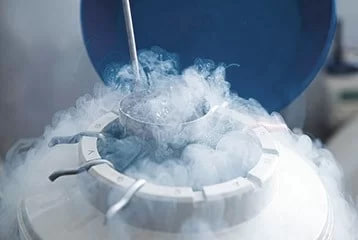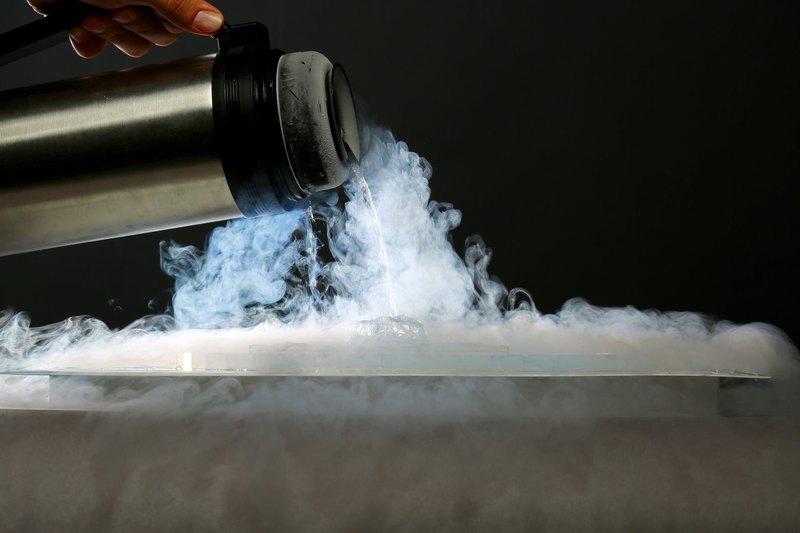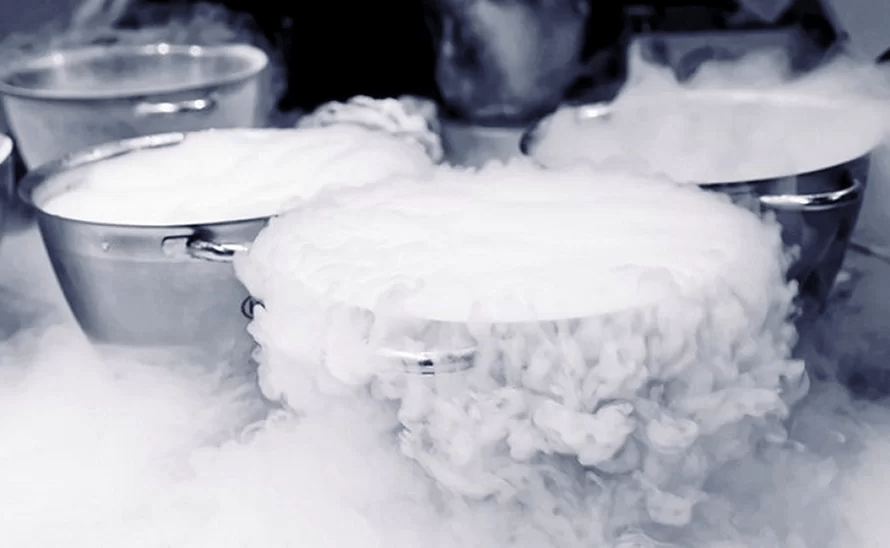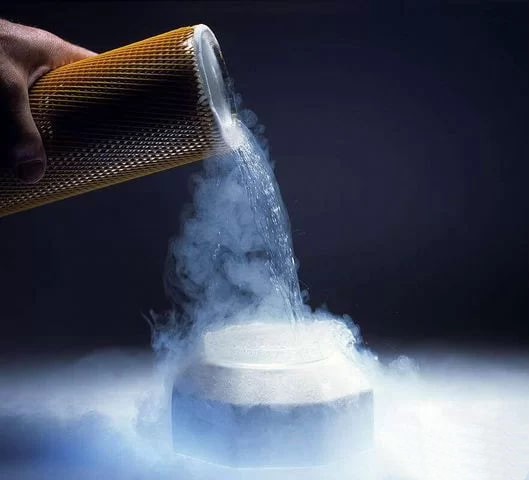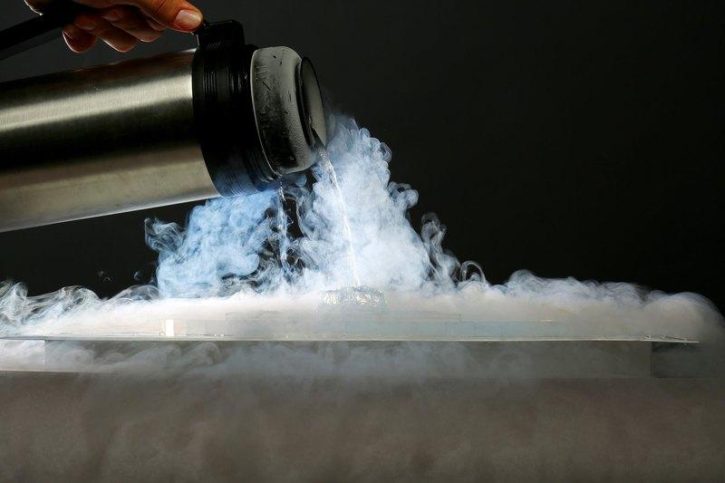
- posted
- article
The use of nitrogen in packaging technology
Food manufacturers are using advanced technologies to increase the shelf life of their products and reduce the amount of chemical additives and preservatives.
Nitrogen as the main constituent of air is safe, colourless, tasteless and odourless, chemically inert, and does not change the consistency or colour of the product. In the food industry, nitrogen is registered as a food additive E-941 and is used as a gas medium for packaging and storage of products and as a refrigerant. Liquid nitrogen is used for packaging liquids, creating overpressure and an inert environment in packaging.
The cryogenic injection technology, which is implemented by a liquid nitrogen dispenser, is widely used in packaging lines for the packaging of natural juices, still mineral waters, beverages, wine, and vegetable oil to create overpressure and an inert environment in PET containers, aluminium and glass jars, and other types of packaging. Liquid nitrogen injection is also used during hot packing to prevent deformation of thin-walled packaging after cooling and to reduce sales losses due to the packaging's non-commodity appearance. A drop of nitrogen evaporates intensively after being fed into the packaging, turns into a gaseous state, and increases in volume by 700 times. This physical phenomenon makes it possible to perform two important technological steps:
- extending the shelf life of the product;
- increasing the rigidity and strength of the packaging.
